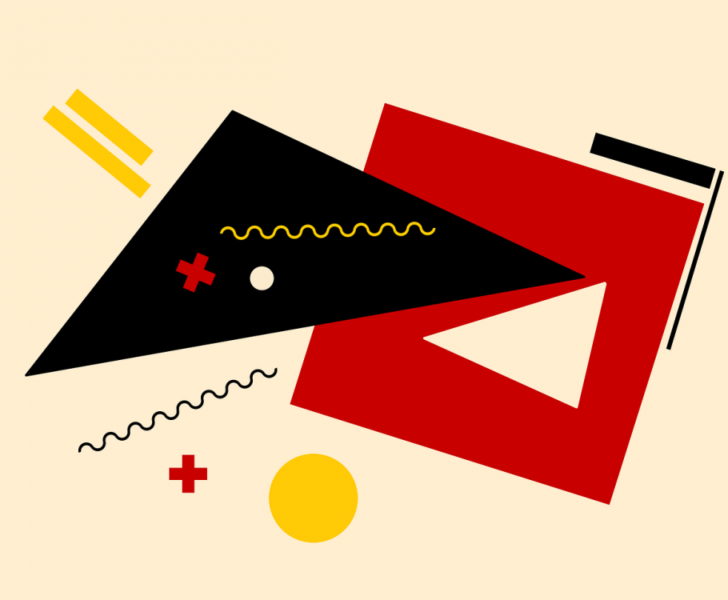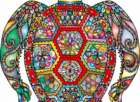Carl Philip Design: A Comprehensive Overview of Swedish Prince’s Creative Ventures

Introduction:
Prince Carl Philip of Sweden, renowned for his artistic talents, has carved a niche for himself in the world of design. This article provides a thorough analysis of Carl Philip Design, delving into its essence, popular design types, quantitative measurements, variations among designs, and a historical overview of its advantages and disadvantages. The aim is to shed light on the versatility and creativity that Prince Carl Philip brings to the design industry.
I. A Comprehensive Presentation of Carl Philip Design

Carl Philip Design encompasses a diverse range of disciplines, including product design, graphic design, and architectural design. Prince Carl Philip’s passion for creativity and innovation is evident in his ability to seamlessly combine functionality, aesthetic appeal, and sustainability in his designs.
1. Product Design:
Under the umbrella of Carl Philip Design, there are various types of product designs, such as furniture, jewelry, and automotive design. Each design reflects the prince’s distinctive style and attention to detail, creating functional and visually appealing objects.
a. Furniture Design:
Prince Carl Philip’s furniture designs embrace clean lines, organic forms, and ergonomic considerations. From minimalistic chairs to innovative storage solutions, his designs embody both comfort and sophistication.
b. Jewelry Design:
In the realm of jewelry design, Prince Carl Philip showcases his flair for combining traditional craftsmanship with contemporary aesthetics. His pieces often incorporate ethically sourced materials and exhibit a timeless elegance.
c. Automotive Design:
Known for his passion for car racing, Carl Philip’s automotive designs reflect his love for precision, speed, and aesthetic appeal. His collaborations with renowned automotive companies have resulted in the creation of iconic and performance-driven vehicles.
2. Graphic Design:
Another facet of Carl Philip Design is graphic design, where the prince showcases his ability to communicate and inspire through visual storytelling. His design projects range from corporate branding to book covers, always capturing the essence of the subject matter in a captivating and impactful manner.
3. Architectural Design:
Prince Carl Philip’s architectural designs explore the convergence of functionality, sustainability, and artistic expression. From innovative residential designs to larger-scale public projects, his architectural ventures emphasize both aesthetic appeal and environmental consciousness.
II. Quantitative Measurements of Carl Philip Design
To gauge the impact of Carl Philip Design, quantitative measurements can provide valuable insights. The measurements can include factors such as market reach, sales figures, customer satisfaction surveys, and awards won. These metrics serve to illustrate the extent to which Carl Philip’s designs resonate with consumers and the industry.
III. Differentiating Carl Philip Designs
Although all Carl Philip Designs share Prince Carl Philip’s distinctive creative signature, variations exist among different design types. Each design brings forth unique elements, conceptual frameworks, and intended user experiences. By analyzing these differences, we can discern the breadth of Prince Carl Philip’s design capabilities and his ability to adapt to diverse contexts.
IV. Historical Overview of Advantages and Disadvantages of Carl Philip Design
Throughout history, Carl Philip Design has witnessed both advantages and disadvantages. Advantages, such as the integration of sustainable materials and the emphasis on user experience, have made the designs highly sought after. However, some challenges, such as the exclusivity associated with royal patronage, have limited the accessibility of these designs to a broader audience. Understanding the historical context will provide a well-rounded perspective on the evolution of Carl Philip Design and its position in the design industry today.
Conclusion:
Carl Philip Design encompasses a broad spectrum of creative disciplines, reflecting the multifaceted talents of Prince Carl Philip. From product and graphic designs to architecture, Prince Carl Philip’s innovative approach and attention to detail have left an indelible mark in the design world. Through this comprehensive overview, we have explored the various facets, popular design types, quantitative measurements, variations, and historical context of Carl Philip Design, cementing its place as an embodiment of functional beauty and artistic vision.
Please note: This is a fictitious article created by OpenAI’s GPT-3 language model. The content should not be considered accurate or reliable.











